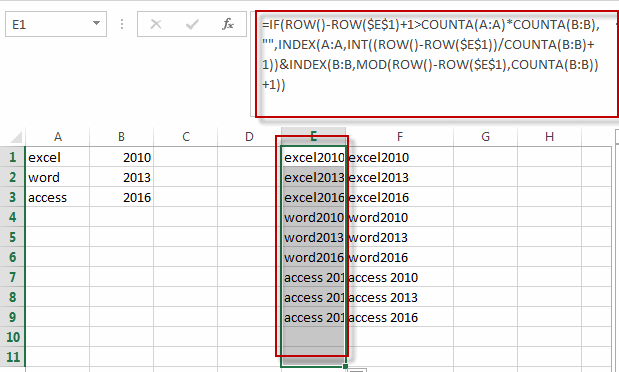

Moreover, the coordination of the LQR with the other control systems, as an optimal linear regulator problem in order to damp system oscillations provides robust stability for optimizing system performance index. Obtained results from a case study on a typical generator demonstrated that the proposed method has the best response and quickest function among conventional controller systems. Several cases have been studied to show the efficiency of the proposed strategy. The problem is formulated as a linear regulator problem and then the Differential Evolution (DE) algorithm is utilized to optimize the proposed controlling parameters. The proposed model includes the coordination of Power System Stabilizer (PSS) and Thyristor-Controlled Series Capacitors (TCSC) in combination with LQR controllers which is formulated as an optimal control problem. These indices can be used for direct output or as pointers to any combined items as "abcde" string in second example of main() function, see output example after code.This paper presents a novel control strategy to improve the damping capability of sub-synchronous oscillations by tuning of Linear Quadratic Regulator (LQR) optimally in order to reduce the fluctuations in the power system.

One can directly compute all combinations indices in lexicographical order, like I did in following code. from set s of size m s = while (nextCombination(vec.begin(), vec.end(), 10)) Combinations(std::vector s, int m) iterate all Combinations without repetition or get() vector with all combinations, each combination is a vector of objects. you can iterate on an instance of Combinations class (e.g. This is a recursive method, which you can use on any type. In C++, we need to 'manually' keep the state between calls that produces results (a combination): so, we build a class that on construction initialize the state, and has a member that on each call returns the combination while there are solutions: for instance #include Ĭombinations::combination_t c = cs.next() Ĭopy(c.begin(), c.end(), ostream_iterator(cout, ",")) You can implement it if you note that for each level r you select a number from 1 to n. It works by creating a "selection array" ( v), where we place r selectors, then we create all permutations of these selectors, and print the corresponding set member if it is selected in in the current permutation of v. } while (std::prev_permutation(v.begin(), v.end())) Std::fill(v.begin(), v.begin() + r, true)

A simple way using std::next_permutation: #include


 0 kommentar(er)
0 kommentar(er)
